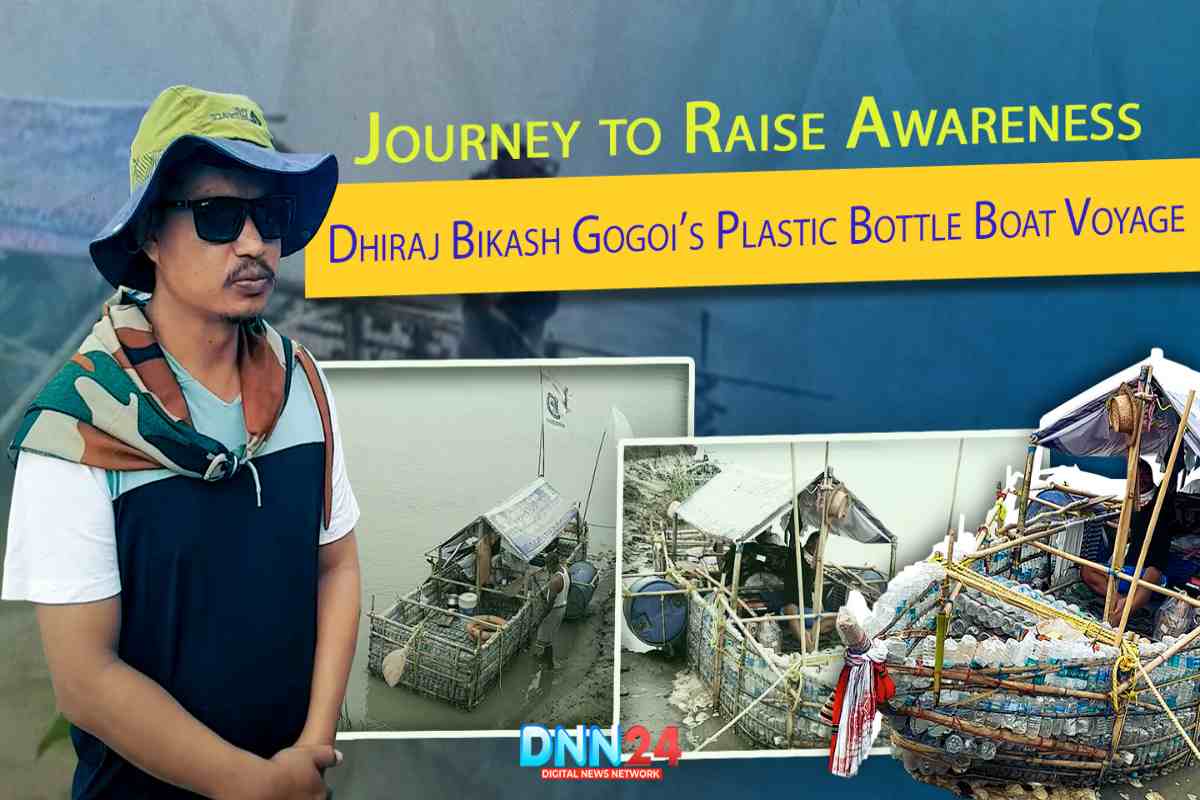Dhiraj Bikash Gogoi, a 38-year-old resident of Dibrugarh, Assam, undertook an extraordinary journey with three companions in a boat constructed from 3,300 discarded plastic bottles. The event with a focus on plastic pollution took place in a beautiful 530 km trip along the Brahmaputra River in India. For more than two weeks, this fresh undertaking created awareness on the importance of environment and sustainable use.
The Inspiration Behind the Project
Gogoi’s journey started in 2019 when he found it necessary to measure the amount of plastics that had accumulated at the Bramhaputra River. In the course of developing river tourism he got the opportunity to see how pollution affects water and the surrounding environment. Seeing animals walking in plastic waste on the islands of the river shocked him. Gogoi then planned an action to execute because for him the river was his home and any home should be clean for the next generations.
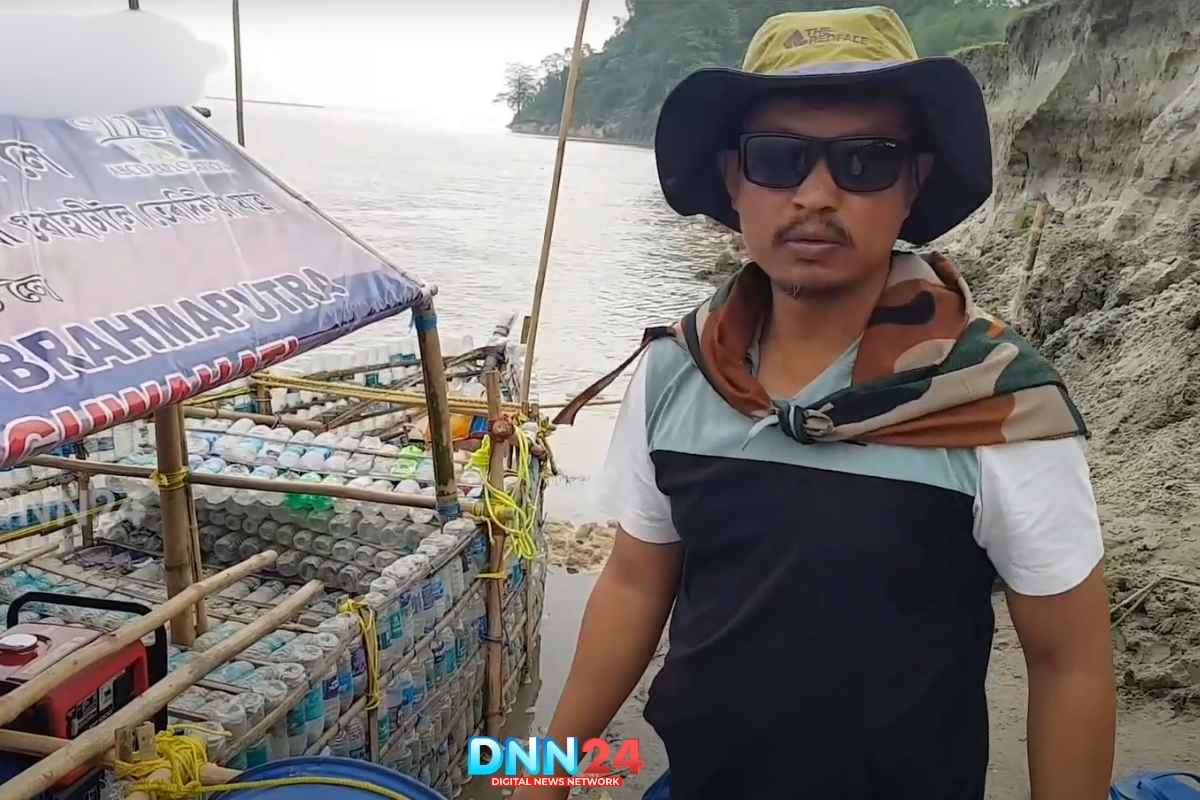
Creating the Plastic Bottle Boat
It is worth mentioning that the construction of this boat was not a small one. Gogoi and his team took three months to construct the boat from 3,300 plastic bottles they gathered from the riverbanks. Bamboo and ropes were bought for extra support, and the whole cost of the work was ₹ 1200/-. The team also wished to show that it is always possible to achieve functionality and sustainability on compounds that are cheap and easily accessible. But their goal was to give waste life again and try to explain to local communities the importance of recycling.
The 530-Kilometer Journey
This adventure was organised in Dibrugarh and ended in Guwahati. For 13 days, the team moved over 530 kilometres through the journey which was not very smooth. For example, during the filming in the Kaziranga National Park, the team was first refused to let in. Despite barriers and obstacles as well as with the help of local authorities, they travelled through other roads as examples of persistent and enduring person who must accomplish certain destiny.
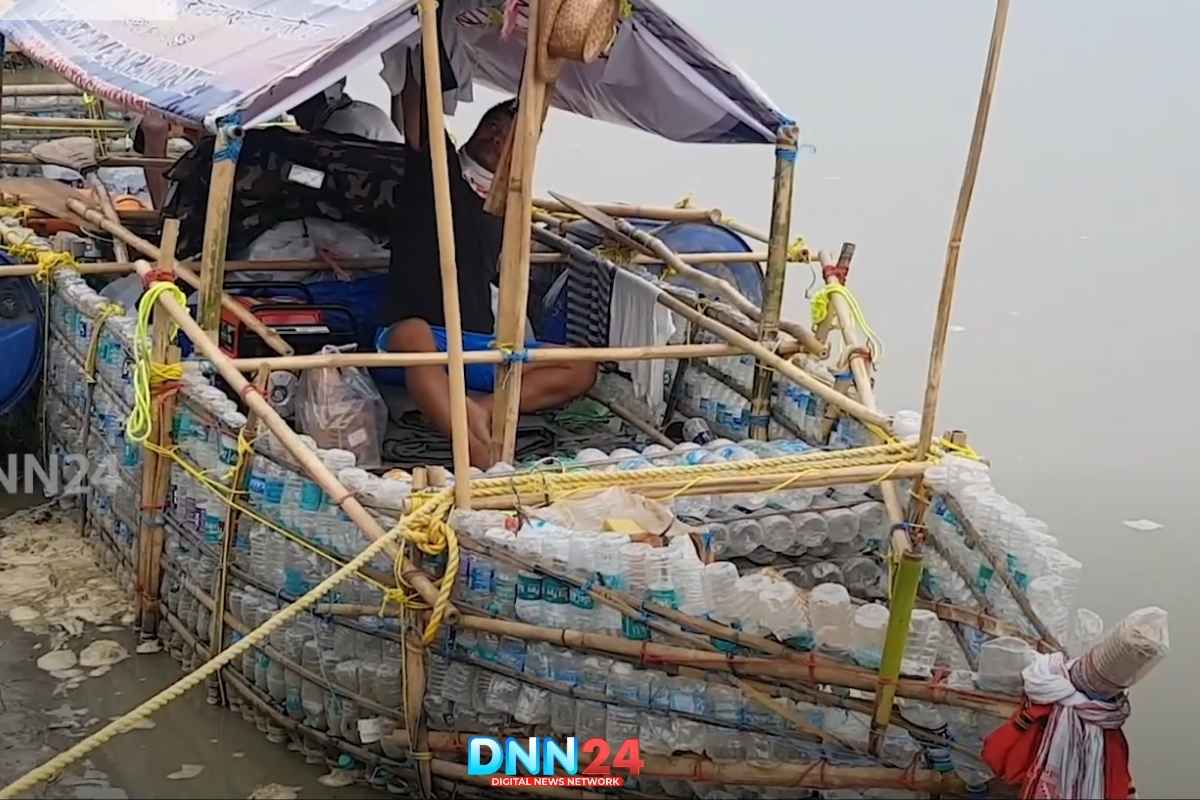
Challenges Along the Way
Challenges that were evident on the Brahmaputra include shoals and other water hazards, accessibility problems and restrictions to working on the river locally. Once, in order to avoid some regulatory concerns, the team had to take the boat on a truck for a part of the distance. But instead of derailing their work, the challenges all acted as a solidification of the core ideas shared about reduction of plastic usage and the conservation of rivers.
Impact and Message of the Voyage
They not only participated in a physical challenge, but they also became environmentalists during the trip. By constructing and sailing a boat made entirely of waste materials, Gogoi and his team sent a powerful message: tiny actions, done frequently, will indeed yield impressive results. The goals they set included particular concentration on the effort to minimise the use of plastic and find ways to recycle it as this contributes to environmental degradation.

Community Involvement and Education
Another goal of the project was to include local communities. Gogoi imparted knowledge about how to construct similar boats to 17-18 people from the affected villages and the material used were collected from the flood affected regions. It sought to ensure the Kibera residents got affordable and sustainable means of overcoming the yearly Flood disasters and challenges coupled with proper Waste disposal systems.
Government and Public Support
In this part, Gogoi did not ask the government for any aids but he encouraged people for cooperation in removing pollutants. He urged the politicians as well as the public to stand in one front in combating the effects of pollution. The love and support he got from the residents of Assam made him go on excelling his hard work.
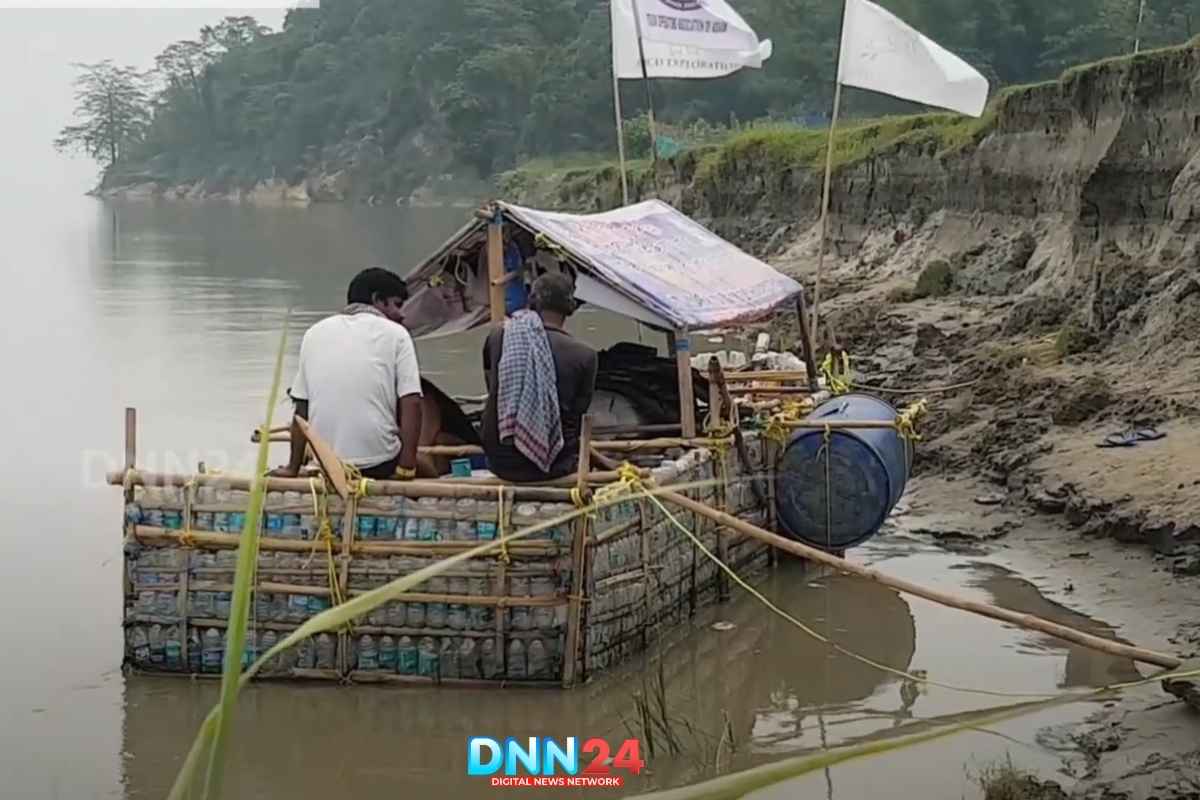
Promoting Sustainable Tourism
Gogoi underlined the governmental interest in the creation of eco-friendly tourism. Through embedding environmental learning into tourism strategies, such as his, policies geared towards improving people’s environmental awareness during tourism related activities can easily be implemented. To this point, it not only serves to conserve natural localities but also provides a basis for appropriate tourist activities.
Lessons Learned from the Expedition
The trip indeed made them realise how important the fight against plastic pollution is generally and the need to act as one. Such ideas showed that even the simplest concepts when properly implemented by committed people like Gogoi can bring about real change. It also emphasised the prerequisite of long-term Engagement with the community for the sustainably of the environment activities.
Future Plans and Goals
Gogoi does not allow the rivers like the Brahmaputra be filled with plastics and other wastes. The future plans of the man include raising greater levels of consciousness, more cleaning operations, and involving more participants into innovations. He still goes round with the aim of helping in the fight against pollution and to encourage people to change their perception of rivers as lifelines that need to be protected.
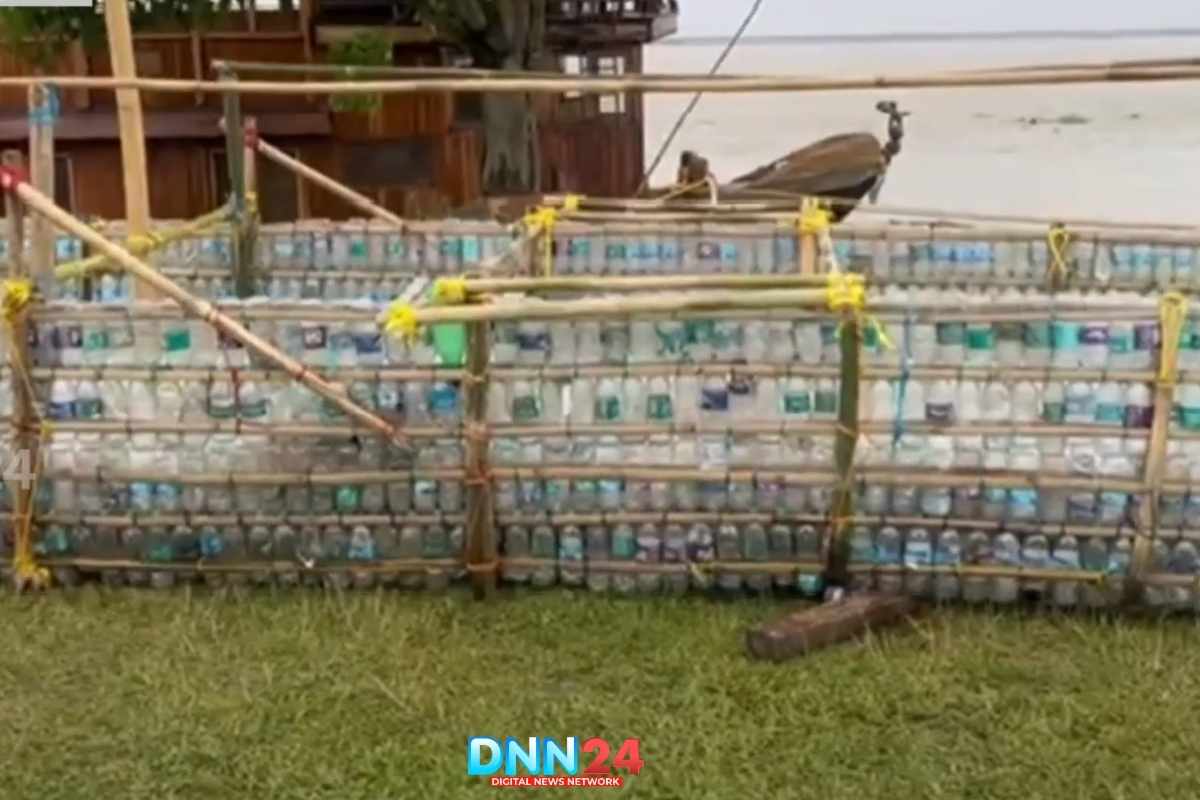
Journey of Innovation and Environmental Awareness
Dhiraj Bikash Gogoi’s 530-kilometer journey in a boat made of discarded plastic bottles is a remarkable example of human ingenuity and environmental stewardship. His work has been not only in creating awareness but also in encouraging people of various communities to act. This great and amazing journey is also an impressive message that everybody’s effort can make a difference and help everyone to have a cleaner and environmentally friendly world.
Also Read: From Facing Body Shaming to Winning Maven Miss Plus size India 2024: Inspiring Journey of Priya
You can connect with DNN24 on Facebook, Twitter, and Instagram and subscribe to our YouTube channel.

